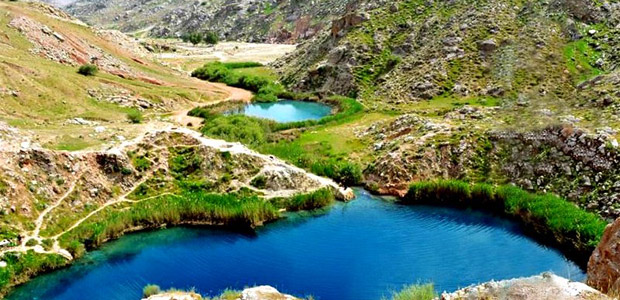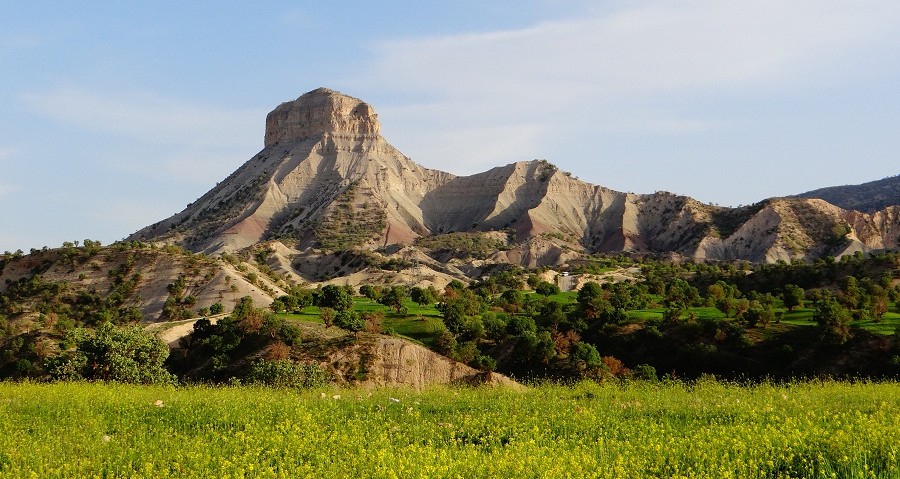


Ilam , city, capital of Ilam province, western Iran. The city is rural in appearance and is located near the Iraq-Iran border. A number of roads emanate from Ilam, linking it with the border towns of Mehrān and Dehlorān. The city’s population consists mostly of Kurds. Local industries produce bricks, woven cloth, coarse carpets, and sackcloth. The surrounding region is a continuation of the valley of Mesopotamia and was formed by the deposition of sediments eroded from the Zagros Mountains. The region is populated by the Posht-e Kuhi group of Lurs, many of whom are settled farmers. They are Shīʿite Muslims, and their periodic revolts were, in times past, a source of trouble for the Iranian government. Agriculture is the principal occupation of the region; barley, wheat, rice, oilseeds, potatoes, and dates are grown. There are also a few oil fields in the region. A climatological station and a small thermoelectric power plant are located at Ilam. Pop. (2006) 160,335.
Limited archaeological studies and discoveries indicate 6,000 years of tribal residence in Ilam. Historical evidence indicates that Ilam province was part of the ancient Elamite Empire. In some of the epigraphs left from Sumerian history, this territory was called Alam, Alamo, or Alamto meaning the high lands where the sun rises. In October 2018, officials announced that dozens of historical objects dating back to 1,200 years ago have been discovered during archaeological excavations in the village of Sarab-e Kalan. The name “Pahla” was also used for the area include Ilam province by the early Muslim geographer until the 13th century, after which when Lurs from Luristan captured the Kurdish populated regions of Ilam (old names: masbazan and Pahlah) and part of Kermanshah provinces the name “Luristan or Pushtkooh” gradually came to replace it. Due to the name of Luristan or Pushtkooh, the Kurdish population in Pushtkooh are called Lur wrongly (Luri speakers can be easily distinguished from feyli Kurdish speakers due to the obvious differences between feyli Kurdish dialect and Luri). Arabic texts recorded the name as “Fahla” or “Bahla”, (note: the Arabic language lacks the phoneme /p/). Subsequently, “Fahla” evolved to ‘Faila’ and ‘Faili’ — the modern name of the Pahli Kurds. It is worthy to note that still a small town called ‘Pahla’ exist in the south of the major city of Ilam, Iran and occupied by Pahli Kurds. It was also part of the Achaemenid Empire. Existence of numerous historical vestiges in Ilam province belonging to the Sassanid period indicates the specific importance of the region in that time. In this period Ilam province was divided into two regions, Mehrjankadak in the eastern part and Mâsabazân at the western part.Kurdish tribes governed the region from the late 11th century till the early 13th century. In the 1930 division of Iran, Ilam became a part of Lorestan, Kermanshah and Khuzestan provinces, only later becoming a province by itself.
Total: 2 hotels . Showing 1 - 2 view all
Not what you're looking for? Try your search again
Total: 1 tour . Showing 1 - 1 view all
Not what you're looking for? Try your search again
Click me below to chat on WhatsApp or send us an email to info@whypersia.com